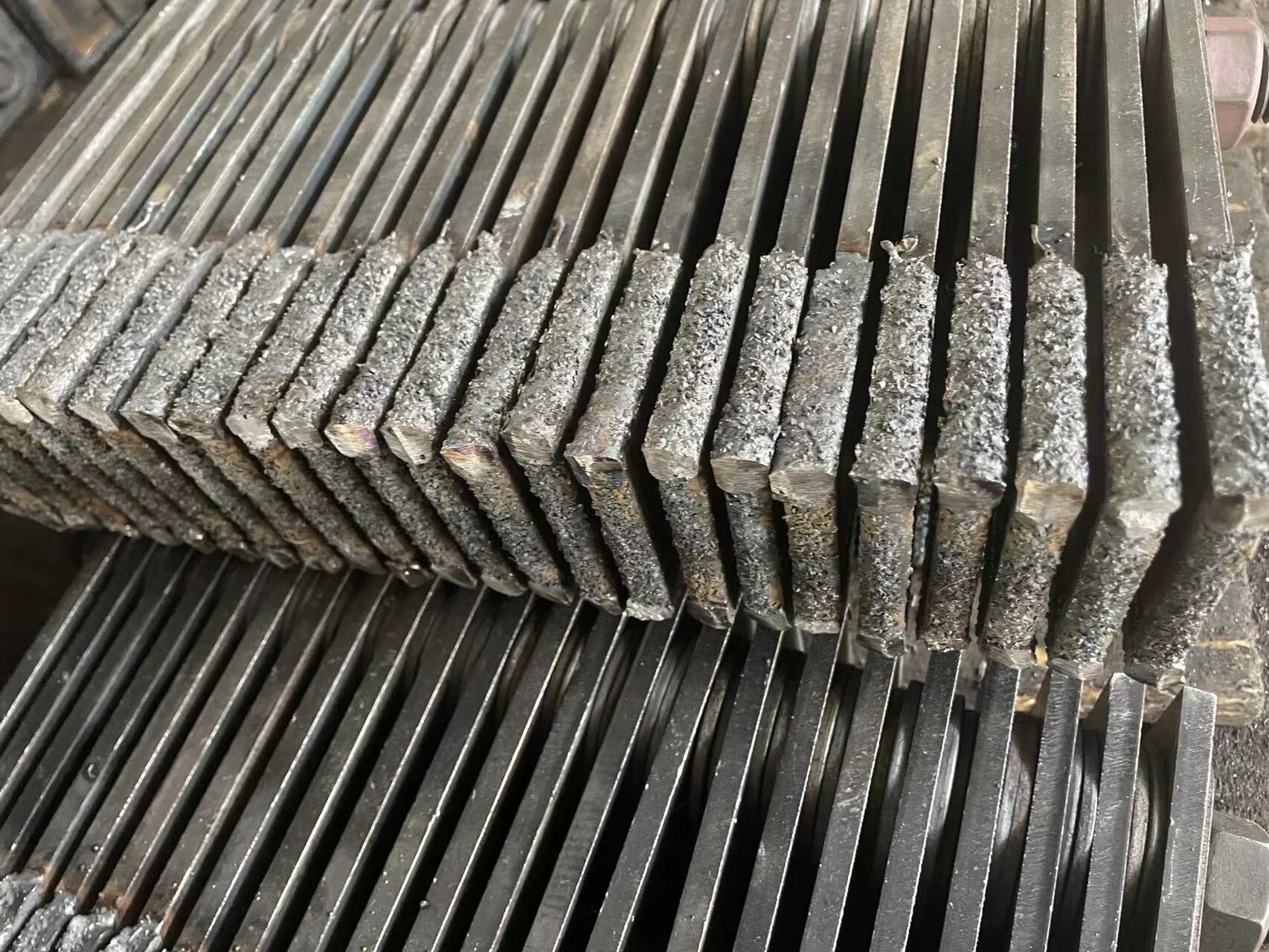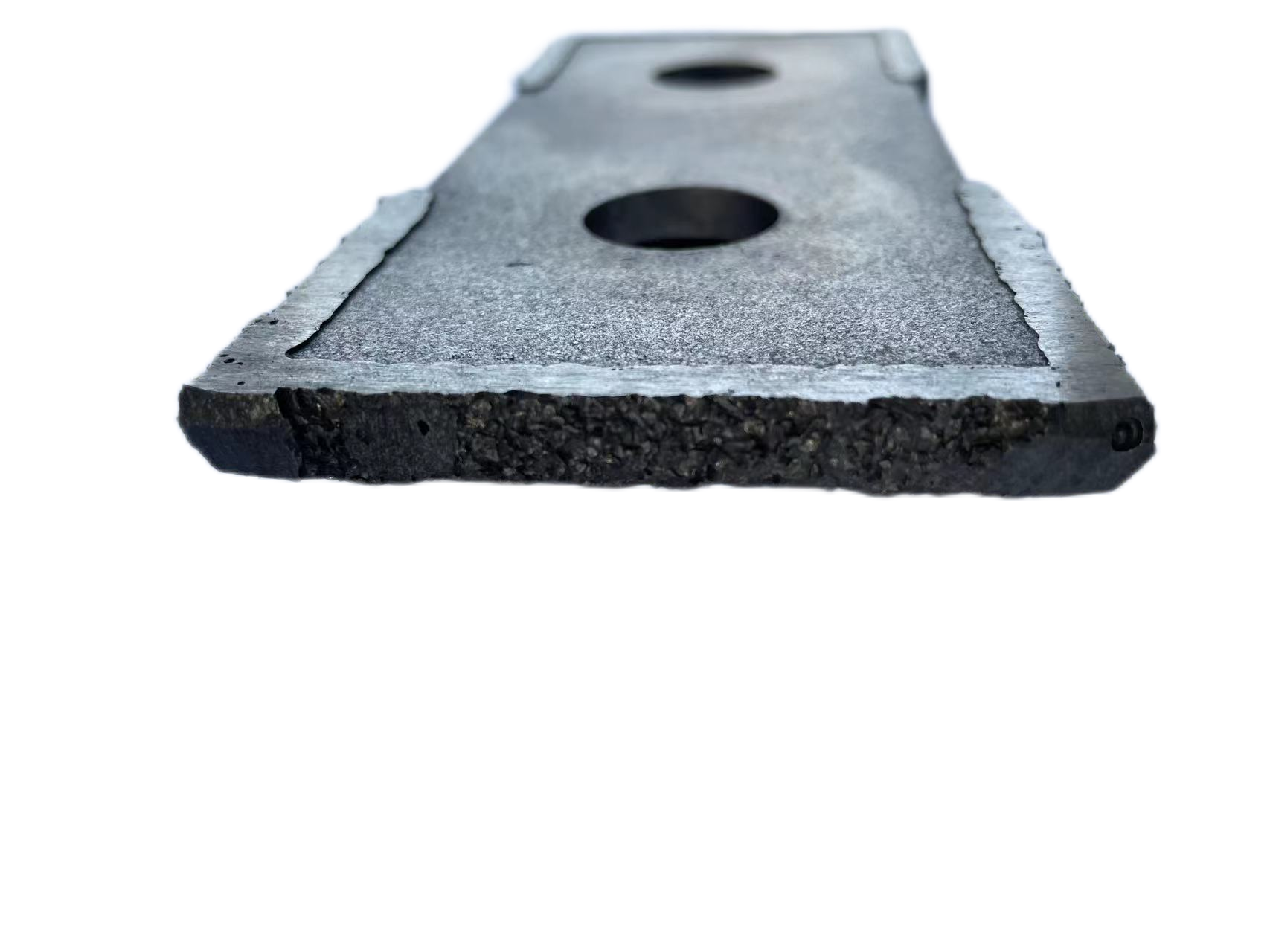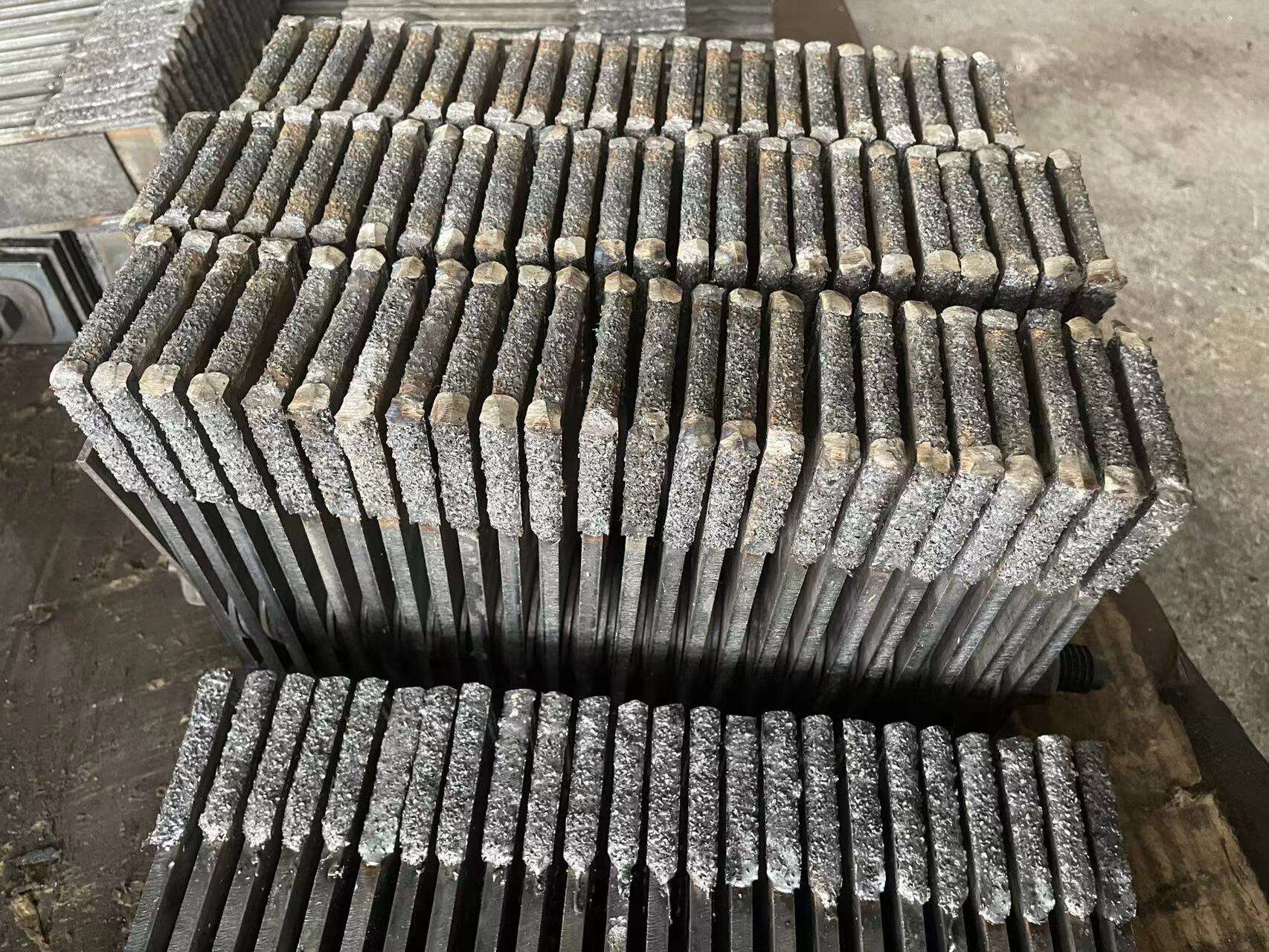pellet mill price
The pellet mill price represents a crucial consideration for businesses looking to invest in efficient biomass processing equipment. Modern pellet mills combine advanced engineering with cost-effective production capabilities, offering various models at different price points to suit diverse operational needs. These machines typically range from small-scale units priced at $2,000 to industrial-grade systems exceeding $50,000. The price variation reflects differences in production capacity, build quality, and technological features. Key factors influencing the price include hourly output capacity, die size options, motor power, and automated control systems. Most models incorporate precision-engineered roller assemblies, durable die matrices, and efficient drive systems that contribute to consistent pellet quality. The investment considers not just the initial purchase cost but also operational efficiency, maintenance requirements, and long-term durability. Contemporary pellet mills feature advanced safety mechanisms, user-friendly controls, and optimized energy consumption systems that justify their market positioning. The price structure typically correlates with production capabilities, ranging from 50kg/hour for entry-level models to several tons per hour for industrial units.


